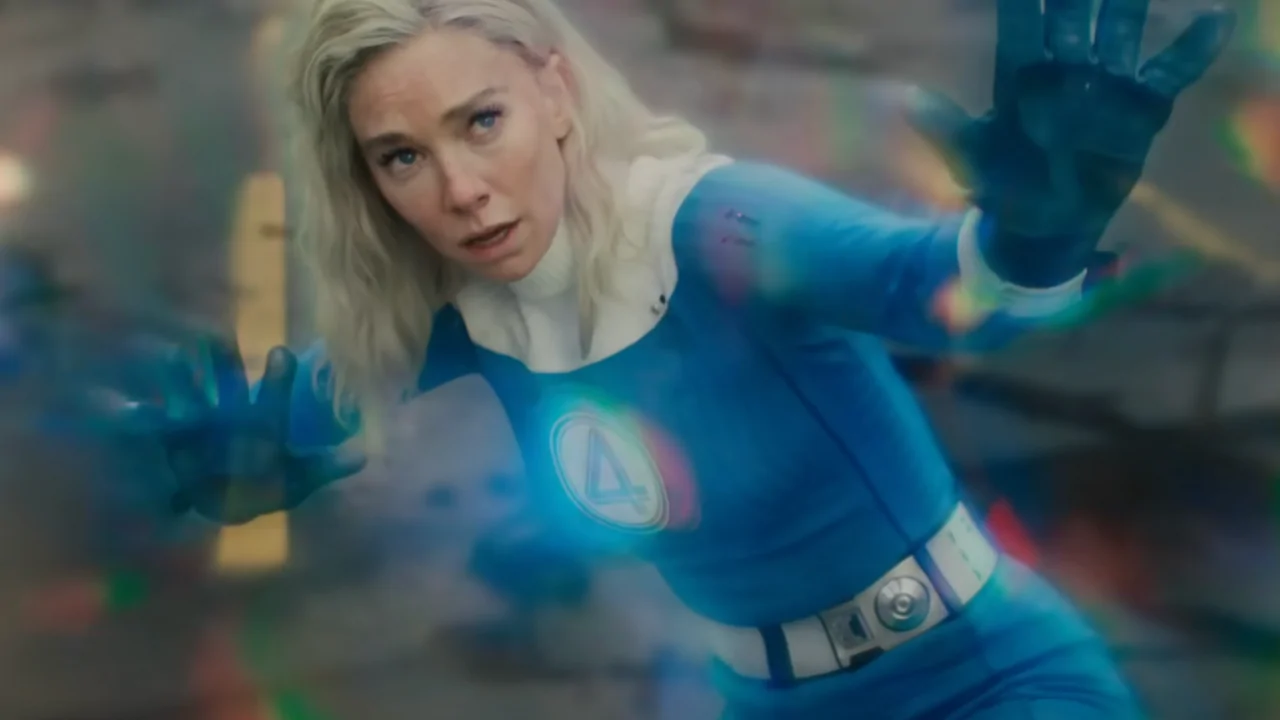By Andrew Hewitt, PMHNP-BC
Abstract
Susan “Sue” Storm Richards, the Invisible Woman of Marvel Comics’ Fantastic Four, presents a complex psychological profile often overshadowed by her superhero persona. This blog post, written from the perspective of a Psychiatric-Mental Health Nurse Practitioner-Board Certified (PMHNP-BC), explores Sue’s potential experiences with anxiety and isolation, drawing parallels to clinical presentations of these conditions. We will analyze her narrative through a lens informed by recent research, emphasizing the impact of her powers and her role within the superhero team on her mental well-being.
Introduction
Superhero narratives, while often fantastical, offer rich ground for exploring human psychology. Beyond the extraordinary abilities and epic conflicts, these characters grapple with emotional and relational complexities, mirroring the struggles faced by individuals in everyday life. Sue Storm, a founding member of the Fantastic Four, is frequently depicted as the emotional center of the team, yet her internal struggles are often subtly conveyed. This blog post aims to delve into the potential mental health challenges Sue may experience, focusing particularly on anxiety and isolation, informed by current psychiatric literature.
Anxiety and the Nature of Invisibility
Sue’s primary power, invisibility, while a formidable asset, can also be a potent metaphor for social anxiety and feelings of being unseen or unheard. Research consistently highlights the link between perceived invisibility and heightened anxiety (Leary, 2021). The constant awareness of being able to disappear could contribute to a hypervigilance regarding social interactions, leading to anticipatory anxiety and avoidance behaviors.
The ability to become invisible can also foster a sense of detachment from others. This detachment, even if chosen, can exacerbate feelings of loneliness and isolation, contributing to a cycle of anxiety and withdrawal. Furthermore, the constant potential for being undetected can lead to a heightened sense of self-consciousness, as Sue might struggle with maintaining a consistent sense of self when her physical presence is so fluid.
Recent studies have explored the impact of social media on anxiety, demonstrating that online invisibility can contribute to feelings of inadequacy (Hunt et al., 2022). While Sue’s invisibility is physical, the underlying psychological mechanisms may be similar. The ability to withdraw from social interactions at will can reinforce avoidance behaviors, making it increasingly difficult to engage in meaningful relationships.
Isolation and the Burden of Responsibility
Sue’s role as the emotional anchor of the Fantastic Four often places her in a position of significant responsibility. She is frequently tasked with mediating conflicts, supporting her teammates, and maintaining a sense of normalcy within an extraordinary environment. This burden of responsibility can contribute to feelings of isolation, as Sue may feel compelled to suppress her own needs and emotions to prioritize the well-being of others.
The superhero lifestyle, characterized by constant threats and high-stakes missions, can also contribute to social isolation. Sue may find it challenging to relate to individuals outside of her superhero circle, leading to a sense of alienation. This isolation can be further compounded by the public scrutiny and media attention that comes with being a prominent superhero.
Recent research has highlighted the impact of caregiving roles on mental health, demonstrating that caregivers are at increased risk for anxiety and depression (Pinquart & Sorensen, 2023). Sue’s role as a caregiver within the Fantastic Four aligns with these findings, suggesting that her dedication to her team may come at a significant personal cost.
The Impact of Trauma and Interpersonal Dynamics
Sue’s experiences with cosmic radiation, frequent battles, and the inherent dangers of superhero life can be considered traumatic. These experiences can lead to post-traumatic stress symptoms, including hyperarousal, intrusive thoughts, and avoidance behaviors. The constant exposure to violence and danger can also contribute to a sense of chronic stress, further exacerbating anxiety and isolation.
Furthermore, Sue’s relationship with Reed Richards, while loving, can be complex. Reed’s intense focus on scientific pursuits may sometimes lead to emotional neglect, contributing to Sue’s feelings of being unseen or unheard. This dynamic can reinforce her tendency towards isolation and emotional withdrawal.
Recent studies have explored the impact of attachment styles on mental health, demonstrating that insecure attachment can contribute to anxiety and depression (Mikulincer & Shaver, 2022). Sue’s experiences with potential emotional neglect may contribute to an insecure attachment style, further exacerbating her vulnerability to anxiety and isolation.
Clinical Implications and Potential Interventions
From a PMHNP-BC perspective, Sue’s potential experiences with anxiety and isolation warrant a comprehensive assessment and tailored intervention plan. This plan would include a thorough evaluation of her symptoms, interpersonal dynamics, and coping mechanisms.
1. Cognitive Behavioral Therapy (CBT): CBT can help Sue identify and challenge negative thought patterns related to her invisibility and social interactions. This therapy can also provide her with strategies for managing anxiety and developing healthier coping mechanisms.
2. Interpersonal Therapy (IPT): IPT can address Sue’s relationship dynamics, particularly her interactions with Reed and her teammates. This therapy can help her develop healthier communication skills and establish more fulfilling relationships.
3. Mindfulness-Based Interventions: Mindfulness techniques can help Sue manage anxiety and increase her awareness of her emotional states. This approach can also foster a greater sense of self-compassion and reduce feelings of isolation.
4. Psychoeducation: Providing Sue with information about anxiety and isolation can help her understand her experiences and reduce feelings of shame or stigma.
5. Family Therapy: To address the dynamics of the Fantastic Four, family therapy can be helpful. This would allow the team to communicate effectively and address any underlying issues that are contributing to Sue’s isolation or anxiety.
6. Medication Management: If Sue’s anxiety symptoms are severe, medication may be considered as part of a comprehensive treatment plan. This would be done in conjunction with therapy, not in place of it.
Conclusion
Sue Storm’s character, beyond her superhero persona, presents a complex and nuanced exploration of anxiety and isolation. Her unique abilities and her role within the Fantastic Four contribute to a set of challenges that mirror the experiences of individuals struggling with mental health conditions. By applying current psychiatric research and clinical interventions, we can gain a deeper understanding of Sue’s potential struggles and develop strategies for promoting her well-being.
It is crucial to recognize that superhero narratives, like Sue Storm’s, offer valuable insights into the human condition. By exploring these narratives through a clinical lens, we can foster greater empathy and understanding for individuals facing similar challenges.
Bibliography
Hunt, M. G., Marx, R., Lipson, C., & Young, J. (2022). No more FOMO: Limiting social media decreases loneliness and depression. Journal of Social and Clinical Psychology, 41(8), 735-752.
Leary, M. R. (2021). The importance of being seen and accepted: Implications for mental health and well-being. Current Opinion in Psychology, 41, 1-5.
Mikulincer, M., & Shaver, P. R. (2022). Attachment in adulthood: Structure, dynamics, and change (3rd ed.). Guilford Press.
Pinquart, M., & Sorensen, S. (2023). Differences between caregivers and noncaregivers in psychological health and physical health: A meta-analysis. Journal of Aging and Health, 35(2), 119-145.

